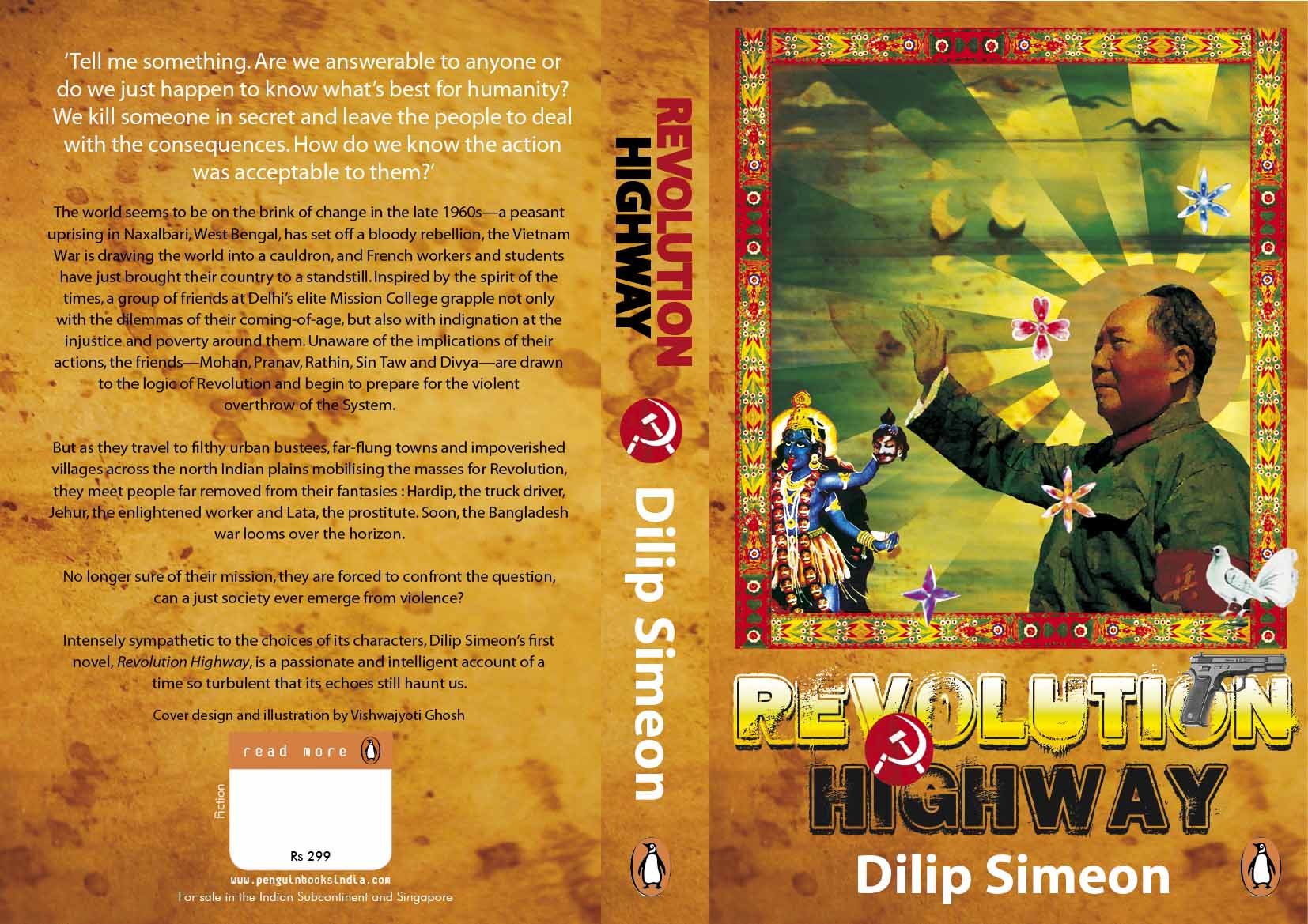by Amit Bhattacharya | October 16, 2010
http://www.timescrest.com/culture/the-road-to-rebellion-3745
In the 1970s, Delhi’s St Stephen’s College produced a clutch of fine fiction writers who helped shape the fledging Indian-novel-in-English genre. These writers – and one can count more than half a dozen who’ve won varying degrees of fame and acclaim – attended college just a few years after Naxalite radicalism had burst upon the country and breached the elite walls of the institution, leaving behind a trail of dropouts and disrupted lives. It’s somewhat surprising, therefore, that this upheaval never seeped into the fiction of these authors.
Now, one of their seniors has gone on to capture those tumultuous times with the passion of an insider. Historian Dilip Simeon went to St Stephen’s in the late 1960s around the time ‘spring thunder’ clapped over Naxalbari. The minor peasant revolt in a small enclave of Bengal cleaved the dominant communist party and gave rise to a radical Left that aimed to replicate the Chinese revolution in India.
At a time when campuses around the world were bubbling with rebellion, Naxalism gripped students in many elite institutions. One after the other, Simeon and a group of Stephanian radicals quit campus to join the ‘revolution’. Revolution Highway, Simeon’s debut novel, draws on those experiences to brilliantly recreate the zeitgeist of a period when scores of bright students found overturning the system more meaningful than mastering it. “Time was racing towards apocalypse;history smelled of sex and gunpowder. “
The story traces the ideological journey of a band of students who went underground and their eventual disillusionment. Though Simeon’s main protagonists are composites rather than portraits of real people, the setting is entirely historical – give or take the obvious name changes like St Stephen’s becoming ‘Mission College’. One does feel, though, that the characters could have been fleshed out a little more elaborately.
Where the book succeeds though is in bringing alive the inner world of middle-class students who joined the Naxalite movement. The convictions, conflicts and fears come through particularly well in two of the main characters, Pranav and Mohan. While their new-found sensitivities increasingly alienate them from their own people, ‘integrating with the masses’ takes a toll of its own.
As Mohan finds out when after taking up residence in a Delhi slum that necessitates defecating in a field he has to ward off pigs bent upon a quick breakfast of the results of his exertions. “Along with the Theory of the United Front, the Problem of Revolutionary Art and Question of the Worker-Peasant Alliance, Mohan thought, the communist movement ought to theorise the Question of Shit. “ It’s sparks like these that light up sections of the book.
Simeon’s critique of Maoist politics, especially the cult of violence propagated by Charu Majumdar, will find an echo in the present. For the most part, the story that’s been 40 years in coming is a sensitive chronicle of an extraordinary time.


Posted on October 17, 2010
0